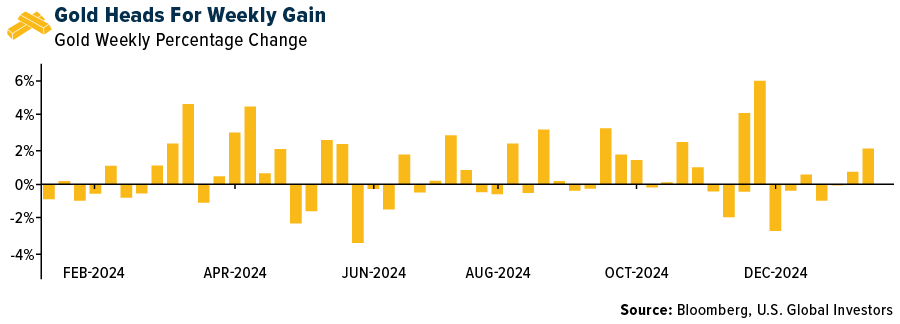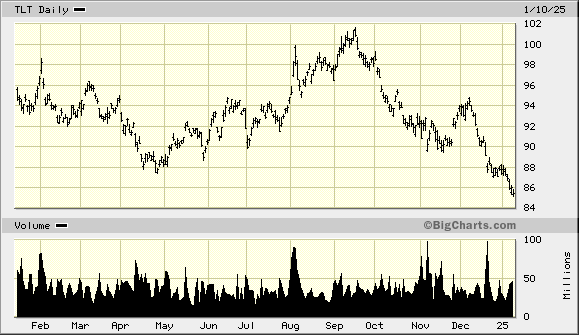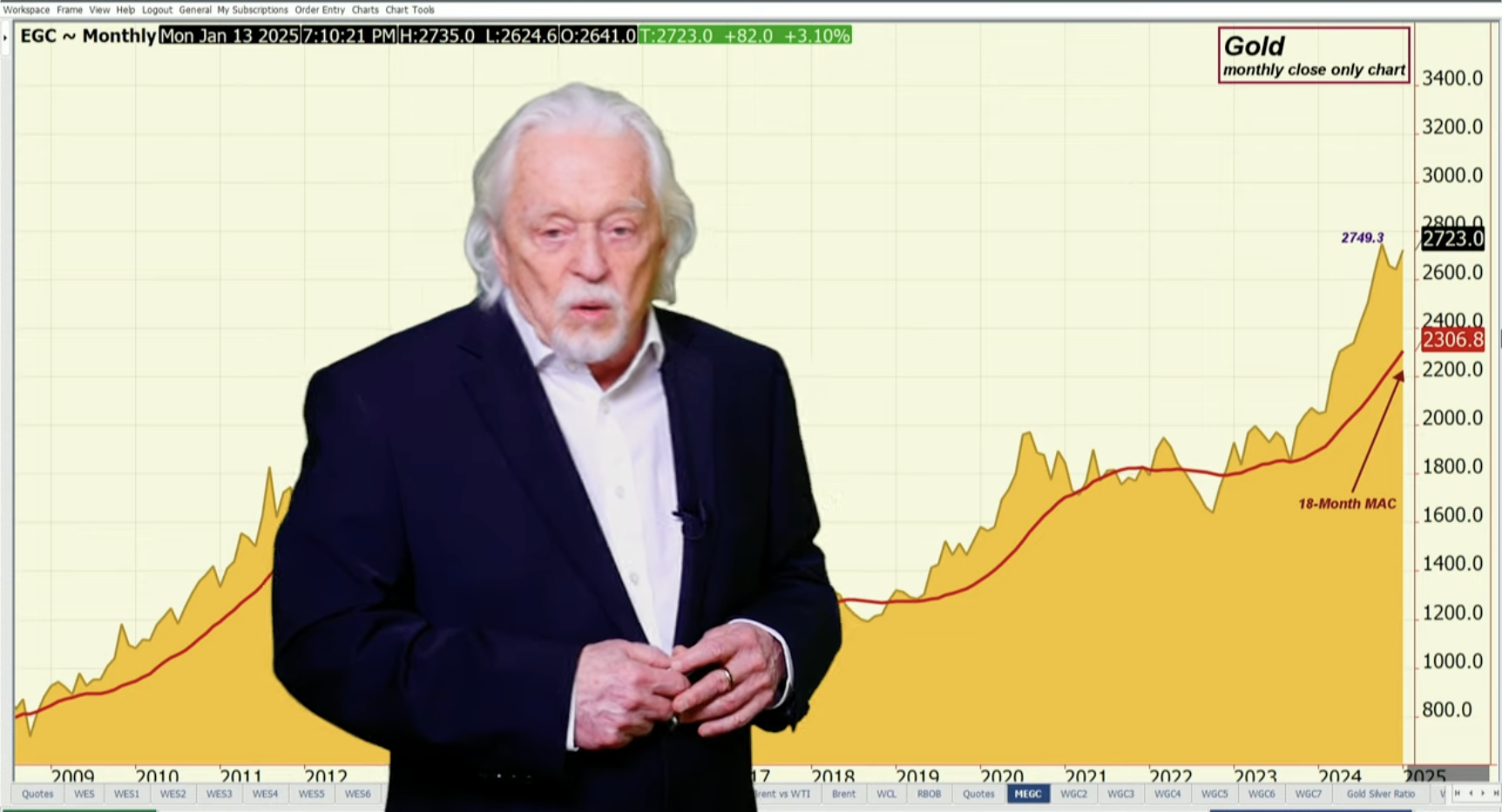In the latest Money Metals Midweek Memo, hosted by Mike Maharrey, a comprehensive discussion on the dangers facing the U.S. dollar, de-dollarization trends, and global central bank policies took center stage.
Maharrey highlights a looming threat to the U.S. dollar’s dominance and its potential long-term impact on the economy.
The Dollar Is in Danger
Maharrey opens by referencing the classic TV show Lost in Space, invoking the iconic line, “Danger, Will Robinson!” to emphasize the peril the dollar faces today. He describes a slow but steady process of de-dollarization—where countries are reducing their reliance on the U.S. dollar as the world’s reserve currency.
Though not imminent, Maharrey warns of a gradual erosion of the dollar’s status, likening it to “death by a million paper cuts.”
Global De-dollarization Trends
De-dollarization refers to countries trying to minimize their use and holdings of U.S. dollars. Maharrey cites examples of countries like China and Russia shifting away from dollar dependence and increasing their gold reserves.
According to Maharrey, this is not merely speculation; De-dollarization is a documented trend appearing even in mainstream media.
He points out, “The dollar is not on the verge of collapse, but it’s facing a slow and inexorable decline.”
A Shift Toward Gold
Central to this episode is the growing trend of central banks buying gold as they diversify their reserves. Maharrey cites a post by economist Nassim Taleb, who points out that many global transactions are still labeled in dollars, masking the de-dollarization process.
Taleb highlights that central banks, particularly those in BRICS countries (Brazil, Russia, India, China, South Africa), are increasingly turning to gold as a store of value.
Maharrey supports this with a statement by author Richard Turn, who says, “The dollar’s high percentage use in trade is increasingly meaningless,” as central banks prioritize gold.
Maharrey emphasizes the point by citing statistics from the World Gold Council:
- 29% of central banks plan to add more gold to their reserves over the next 12 months, the highest level since the survey began in 2018.
- In 2023, central banks purchased 1,037 tons of gold, just 45 tons shy of the 2022 record.
- Central bank gold buying has been on the rise since 2008, with BRICS nations holding over 6,600 tons of gold today.
Russia’s Response to Sanctions: Turning to Gold
Maharrey delves into how Russia is using gold to mitigate the effects of U.S. sanctions. Following the invasion of Ukraine and subsequent exclusion from the SWIFT financial system, Russia has ramped up its gold purchases.
According to Russian news agency TASS, Russia’s daily gold purchases increased from 1.12 billion rubles to 8.2 billion rubles in September 2023. Maharrey explains how Russia uses this gold to transact business with Chinese suppliers, providing a workaround to sanctions.
BRICS: A Rising Economic Bloc
The BRICS bloc—a coalition of Brazil, Russia, India, China, and South Africa—has expanded to include nations like Saudi Arabia, Egypt, and the UAE. Maharrey notes that Turkey recently applied to join, which came as a surprise given its membership in NATO.
The growing influence of BRICS, with a combined population of 3.5 billion and economies valued at $28.5 trillion, presents a potential challenge to Western economic dominance. The BRICS nations also account for 42% of global crude oil production, amplifying their influence on the global stage.
What Does This Mean for the Dollar?
Maharrey stresses that the U.S. heavily relies on global demand for dollars to support its borrowing and spending habits. He warns that any significant shift away from the dollar could lead to inflation and a loss of the dollar’s purchasing power.
If fewer countries hold or need dollars, prices in the U.S. could rise, potentially leading to hyperinflation.
Fed Policies and the Future of Inflation
Maharrey touches on the Federal Reserve’s policies, noting that the central bank is widely expected to cut interest rates by 25 basis points.
This shift, he argues, is essentially a “surrender to inflation” as the Fed prepares for a more inflationary monetary policy. He emphasizes that the Fed’s actions mean more money creation and increased debt, leading to further devaluation of the dollar.
Conclusion: How to Protect Yourself
Maharrey’s advice is clear: the time to prepare for this monetary shift is now. He encourages listeners to consider owning tangible assets like gold and silver, much like central banks around the world. He wraps up by directing listeners to the Money Metals Exchange, where they can invest in precious metals and protect their wealth from the ongoing devaluation of the dollar.
In closing, Maharrey reminds the audience, “The world is watching how the U.S. handles its privilege of issuing the world’s reserve currency, and a lot of people don’t like what they’re seeing.”
Read the full article here











Leave a Reply